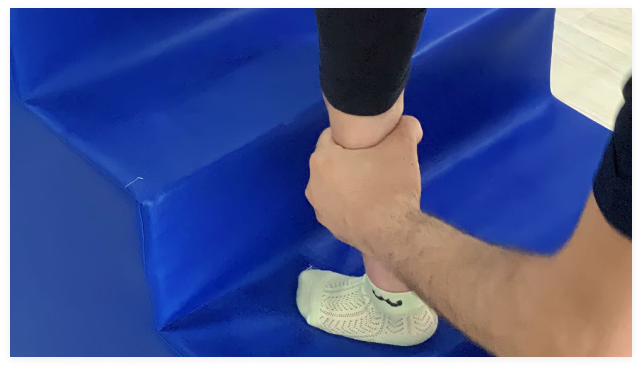Our services
Physiotherapy Services
- The physical rehabilitation goals and program are programmatic and individualized according to each child`s case.
- GKC therapists are qualified team. they have an experiences in using the different approaches and modalities in treating and rehabilitating different types of diagnosis like; NDT approach, CME, and SI. Moreover they have the ability to deal with different psychological states of different children to help the child to work and to be more cooperative.


Our services
Pediatric rehabilitation Services
the rehabilitation program is a result of collaborative approach performed by qualified team members that collaborates with parents and caregiver to reach the suitable goals and program.

- the rehabilitation program consists of manual techniques that help in improving muscles and joints integrity, flexibility and endurance. The rehabilitation program is concerned with firing the brain centers to work in collaboration by motor control and motor learning processes.

- The sessions integrate the fundamental skills such as dressing, eating, printing and self-regulating. The focus is to maximize the child’s abilities to engage in activities of daily living.

- The feeding abilities are fundamental for the children with disability. the ability to move the tongue, lip closure, and oral cavity control is important.
- The coordination between oral cavity muscles and muscles of the cervical region and upper respiratory system is very important to control salivation and swallowing even though chewing activities

- The sensory room is designed to stimulate different senses of children i.e; auditory, visual, vestibular and tactile by different motor tasks.
- There are motor and sensory integration processes to fire the brain centers to get good performance in different activities.
- The sensory room used for different diagnosis is determined through the initial evaluation of the child
- GKC team is using sensory integration approach not only at this room but also in collaboration with motor tasks at physical therapy rooms.

- Speech-language therapy helps the children to improve their communication skills.
- The therapist takes them gradually toward their goal, such as helping them to use basic speech, improving their articulation, gaining better understanding or improving their conversation skills.

- Various techniques will be used in behavioral therapy, such as applied behavior analysis, social skills training, and temporary exposure and response techniques. Treatment is customized according to each child’s needs, and a personalized treatment plan is developed aimed at achieving specific goals.
- We realize that every child is unique and has special needs, so we work to provide a personalized treatment plan that suits his or her individual needs and abilities.
Physiotherapy services
Manual pediatric physical therapy sessions
The rehabilitation program consists of manual techniques that help in improving muscles and joints integrity, flexibility and endurance. The rehabilitation program is concerned with firing the brain centers to work in collaboration by motor control and motor learning processes.

Gait training sessions are determined based on 2d gait analysis results. The child`s goals are settled with measurable and identifiable ways to determine the most suitable technique for training.
Partial body weight support (PBWS): PBWS method is used based on the child`s case and his evaluation results. PBWS is releasing a part of child`s body weight to help him to walk reciprocally with the lowest amount of compensatory techniques. The amount of weight that will be released is measured by an automated system. The amount of released weight will be changed according to the child`s abilities. The goal of this method is teaching the child the proper way of walking with low level of Compensatory movements during full weight bearing

The child with motor disabilities has improper signals delivered from the brain to the muscles, which leads to muscle weakness.
This way of treatment use a mild electrical stimulus current on a defined muscle to work functionally like normal one. This way will introduce muscular education for the weak muscle, which interfere with the motor performance. FES helps the muscle to move better with an external signal.

The usage of static or dynamic suspension is a way to improve the independent abilities of the child and increase his/her self-esteem about performing certain tasks like changing the position from sitting to standing, standing alone.
This way of treatment helps in stimulating some body systems like vestibular system and visual system in collaboration with motor performance.

CMEs are groups of exercises introduced for provoking the body automatic responses of functional postural control.
These exercises expose the body to the effect of gravity force.
Furthermore, these groups of exercises promote the distal support rather than the proximal or handling techniques for the child.
